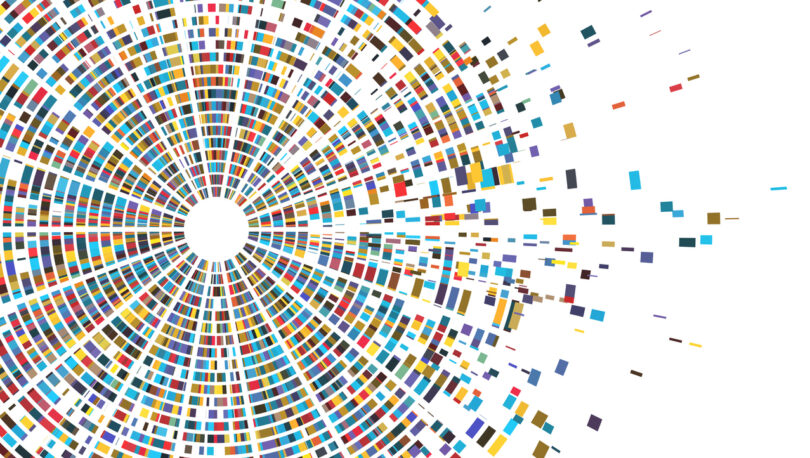In the age of Big Data and sophisticated analytics, NPI is seeing an increase in the number of deals it reviews for data visualization tools. Below are some of our observations on the players and how to secure the best deal during vendor negotiations.
There are several players in this space, but the ones we most often see are Tableau and Tibco Spotfire – two very strong options.
Tibco Spotfire’s user interface has significantly improved over the last few years. Their main competitive advantage (particularly in the energy vertical) is their strong statistical capabilities, mapping functionality and ability to integrate with Tibco’s other real-time analytical solutions.
Spotfire also has a very extensive network of partners that deliver templates for end-users. Using the energy vertical as an example, this would be geologists and geophysicists in the field. This strong ecosystem enables Spotfire to address industry-specific unique requirements very effectively. The installation process for Spotfire is relatively complex and in most cases the vendor’s pre-sales technical resources will be involved to facilitate the process.
However, Tableau is still quite competitive.
Tableau has a very user-friendly interface and it’s a very easy transition for business users who are used to working in Microsoft’s Excel. The vendor’s installation process is very simple, and its sales strategy is to have users download and start using the product with very low entry price point. There is no IT involvement in the initial phases and most business users can do their standard analysis quite easily after the initial installation.
However, customers need to carefully monitor the configuration that Tableau proposes when the deployment of the product is done at an enterprise scale. Tableau may recommend a configuration that can barely support the installation in order to keep the pricing low. In many cases, the configuration will need to be upgraded within a few months.
Buyers should ensure that the proposed configuration will handle the current workload and should lock in discounted pricing on future purchases. We recommend our clients ask Tableau to provide customer references who have similar-sized configurations.
As we write this blog post, it has just been announced that Salesforce.com is acquiring Tableau. While this won’t change much in the short-term, all bets will be off once the acquisition is completed and the new sheriff takes over – so protecting yourself while you still can becomes even more important.
The Role of Communication Alignment in the Data Visualization Purchase
Clients tend to get excited about the financial benefit that data visualization tools can generate. We recommend that you keep your analysis to yourself. The vendors are very skilled at extracting this from you, and then incorporating it into their pricing justifications. Don’t give them that leverage. Gather all stakeholders and get everyone on the same page on this “rule of engagement” if you want to get the best deal.
Tips for Getting the Best Deal on Your Next Data Visualization Buy
Here are a few suggestions for how to come away from the negotiation table with the best deal:
- Request competitive bids – this is a best practice for all purchases, but especially important for this tool category.
- Conduct IT price benchmark analysis to determine how pricing and discount offers compare with fair market value
- Negotiate free training and services.
- Test the boundaries on unlimited deployment contracts. While rare with Tableau, we’ve seen Tibco Spotfire be open to this.
- Compare all TCO components carefully (e.g. training, infrastructure planning and set up, implementation, ongoing tech support, upgrades, etc.)
Another bit of advice – leverage the vendor’s marketing needs to your advantage. In this increasingly competitive space, vendors’ marketing teams are always looking for new opportunities for case studies, testimonial videos, live joint presentations at events, joint white papers, etc. In many cases, they will gladly add discounts to lure customers to participate in these visibility opportunities.
RELATED CONTENT
